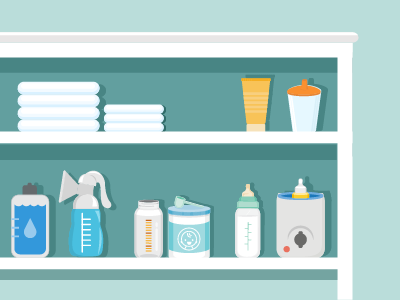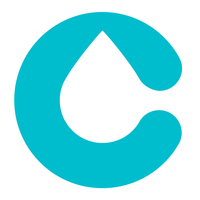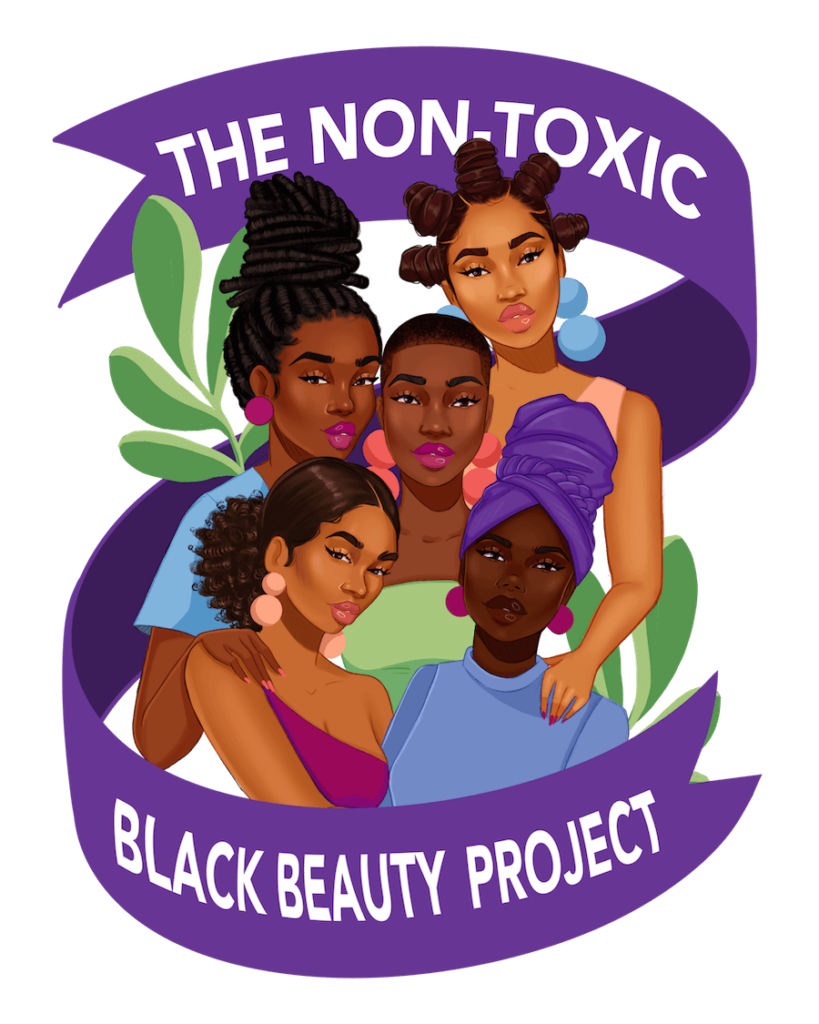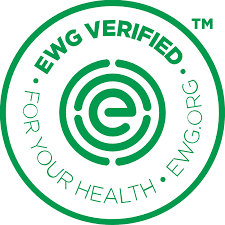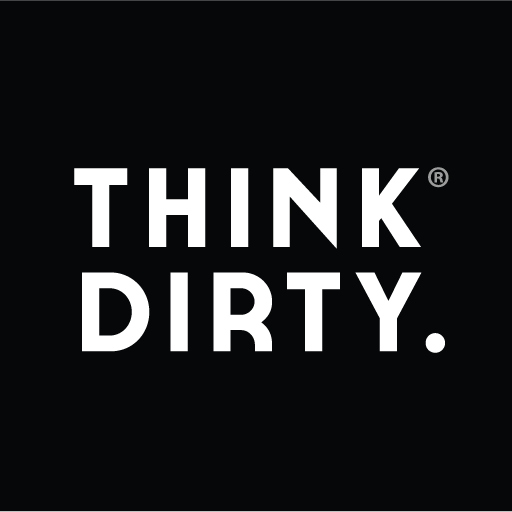You want something lightweight that won’t break, right? Certainly, plastic is no longer the answer when it comes to your baby’s feeding bottle or sippy cups:
What To Avoid

Plastic chemicals:Most baby bottles and sippy cups are made of one of several types of plastic, including high density polyethylene (HDPE), low density polyethylene (LDPE) or Polyvinyl chloride (pvc). PVC products frequently contain harmful chemicals, including Phthalates. Phthalate exposure is linked to reproductive health issues, brain development, liver cancer, birth defects, asthma, and allergies. HDPE is rigid and durable and less likely to release any toxic chemicals than LDPE and PVC, but like all plastics, it’s derived from fossil fuels. Only a little of it gets recycled and most ends up in landfills and oceans, hurting precious ecosystems that humans need to thrive.

Plastic to warm milk:Avoid using plastic bottles to warm up milk and feed your baby. Heat makes plastic release chemicals. If you warm up the milk in the microwave, use a glass or ceramic container and then transfer the milk.

BPA:BPA (bisphenol-A), an endocrine disrupting chemical, was banned in 2012 for use in baby bottles and sippy cups. “Regrettable substitute,” chemicals such as BPS are not necessarily healthier. These, too, can disrupt healthy hormonal messaging in the body and may undermine brain development and reproductive health.
Safer Choices

Stainless steel and glass:Stainless steel and glass bottles with Silicone nipples are mostly free of harmful chemicals. These can be a bit more expensive, but you can easily wash, sanitize, and reuse them over and over. Given the quality of glass these days, it’s also extremely rare that a glass bottle might break.

Plexiglass:Plexiglass still contains plastic (with all the associated risks) but it is shatterproof and doesn’t scratch or leach chemicals in the same way that bottles made solely out of plastic do.

Bioplastics:Bioplastic bottles are made from plant sources such as corn or sugar cane rather than Petrochemicals. Though the way plants are currently grown for Bioplastics can be harmful for the environment, their production and ultimate biodegrading has a much smaller carbon footprint than traditional plastic. Bioplastics are free of PVC plastics and VOCs and considered to be safer for human health than traditional plastics. However, some researchers have indicated cause for caution.

Breast pump bottles:When using a breast pump, be sure to buy some extra non-plastic bottles, as mentioned above, to store your milk.
Find Safer Products
Websites and Apps:
Clearya
Clearya is a free browser extension and app that notifies you when there are unsafe ingredients in your makeup, personal care, baby care, cleaning and other products, and helps you find safe products.
Clearya is a free browser extension and app that notifies you when there are unsafe ingredients in your makeup, personal care, baby care, cleaning and other products, and helps you find safe products.
Campaign for Safe Cosmetics - Nontoxic Black Beauty Project
They offer a list and database of non-toxic beauty products made and sold by Black-owned companies that are committed to toxic-free beauty and personal care products.
They offer a list and database of non-toxic beauty products made and sold by Black-owned companies that are committed to toxic-free beauty and personal care products.
Detox Me
This app allows you to scan barcodes on products to find relevant tips. They also offer a buying guide to decode product labels and find non-toxic alternatives.
This app allows you to scan barcodes on products to find relevant tips. They also offer a buying guide to decode product labels and find non-toxic alternatives.
Environmental Working Group (EWG)
EWG has a "Skin Deep" database that rates personal care and beauty products based on their safety and toxicity levels. EWG also offers a Healthy Living app that allows you to scan barcodes and find safer products.
EWG has a "Skin Deep" database that rates personal care and beauty products based on their safety and toxicity levels. EWG also offers a Healthy Living app that allows you to scan barcodes and find safer products.
Think Dirty
This app and website allow you to scan or search for personal care products to see their ingredient safety ratings.
This app and website allow you to scan or search for personal care products to see their ingredient safety ratings.
